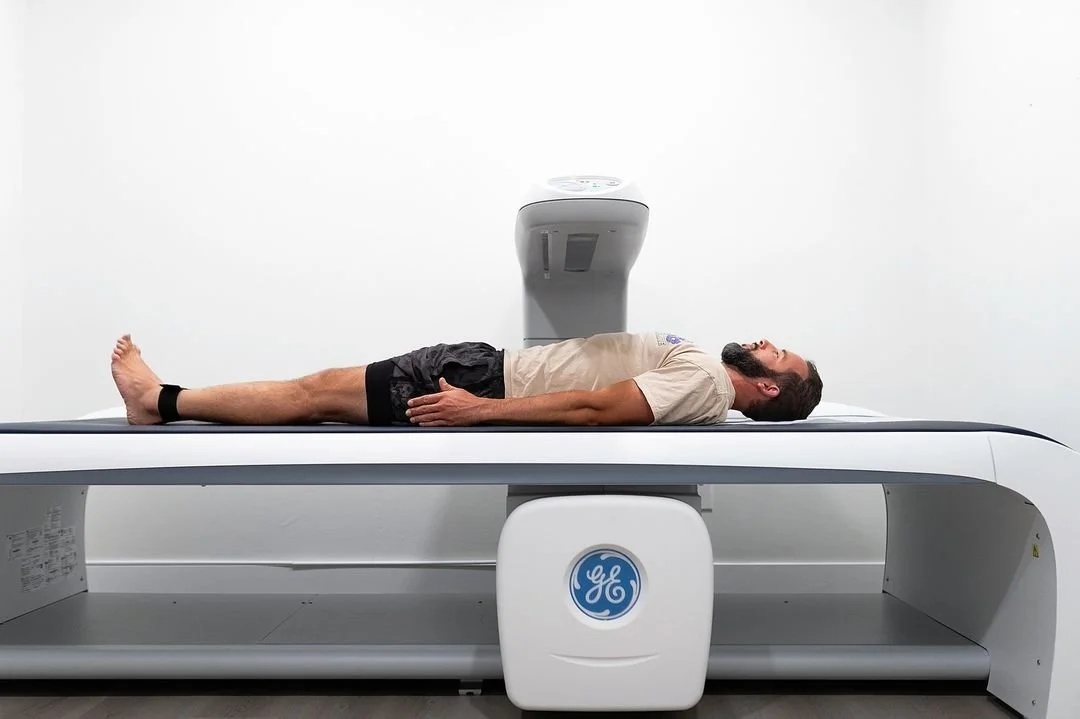What is the history of VO₂ Max?
VO₂ Max was first described in the 1920s by physiologist A.V. Hill, who discovered a limit to the body’s oxygen use during intense exercise. Initially used to study elite athletes, it later became a key clinical metric linking cardiorespiratory fitness to longevity and disease risk.
How VO₂ Max Compares to Other Fitness Metrics
VO₂ Max is the most powerful fitness metric for predicting longevity—outperforming steps, heart rate, and calorie burn. While wearables offer estimates, only lab-tested VO₂ Max reveals your true cardiovascular and metabolic capacity. Here’s how it compares to other health measures and when to combine them.
Why VO₂ Max Declines with Age (and What You Can Do About It)
VO₂ Max naturally declines about 10% per decade after age 30—but most of that drop isn’t genetic. Sedentary habits, not time, drive the loss. With targeted training, strength work, and sunlight-driven circadian alignment, you can slow—or even reverse—VO₂ Max decline and preserve lifelong aerobic capacity.
VO₂ Max vs. VO₂ Peak vs. VO₂ Reserve
VO₂ Max and Mitochondrial Density
VO₂ Max isn’t just about willpower—it’s a measure of mitochondrial density, efficiency, and resilience. These ancient cellular engines turn oxygen into energy, and more mitochondria mean higher VO₂ Max, better recovery, slower aging, and longer life. You can build them with targeted training, light, and lifestyle alignment.
How DEXA Scans Work: A Journey Through Your Body's Composition
How does a DEXA scan know exactly how much fat, muscle, and bone you have? In this blog, we break down the science behind one of the most advanced health tools available today.
Learn why DEXA outperforms methods like BMI and smart scales, how it creates a pixel-by-pixel map of your body, and how it measures dangerous visceral fat.
We’ll also cover what the scan actually feels like, what makes it so precise, and why it’s a trusted tool in medical clinics, research labs, and elite sports centers.
Whether you're tracking fat loss, optimizing performance, or focused on aging strong — this is your full guide to understanding what you're really made of.






